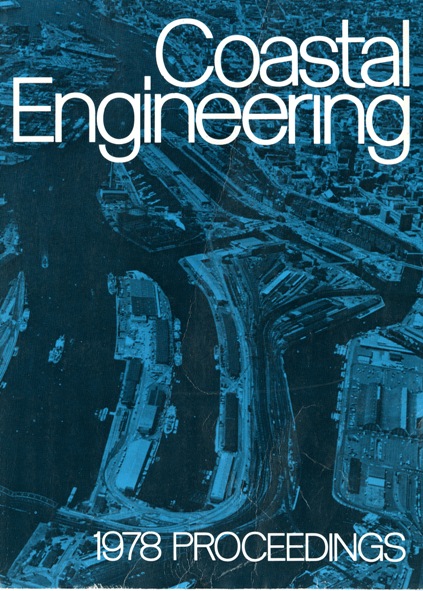Abstract
The suspension and transportation of fluid muds in the nearshore zone by shallow-water, solitary-like waves has been investigated along the coast of Surinam, South America. Accumulations of fluid mud which front the coast at a spacing of 30-60 km affect incoming swell by changing the wave profile from sinusoidal to solitary-like and by preventing wave breaking except for occasional spilling. Simultaneous time-series measurements of wave height and period, fluid-mud density, and tide elevation, along with results of suspended-sediment measurements, indicate that in cases when the bulk density is less than 1.20 g/cm and where water depths are less than 5 m fluid mud is suspended from the bottom in two frequency modes: wave-by-wave suspension (-10 sec) and tide related suspension (-12.4 hr) . Surface-water suspensate concentrations exceed 3.4 x 10 mg/1 as up to 0.5 m of fluid mud is periodically removed from the bottom. High concentrations of suspended fluid mud, together with solitary-like waves from the northeast throughout the year, can lead to extraordinarily high sediment transport volumes. Calculations based on solitary wave theory and on data obtained from this ft ^ study indicate that 15-65 x 10 m of mud can move along shore each year without involving breaking waves, the concept of radiation stress and a nearshore circulation cell, or bed-load transport. These values are 10 to 100 times greater than typical transport rates along sandy coasts.
Authors retain copyright and grant the Proceedings right of first publication with the work simultaneously licensed under a Creative Commons Attribution License that allows others to share the work with an acknowledgement of the work's authorship and initial publication in this Proceedings.

